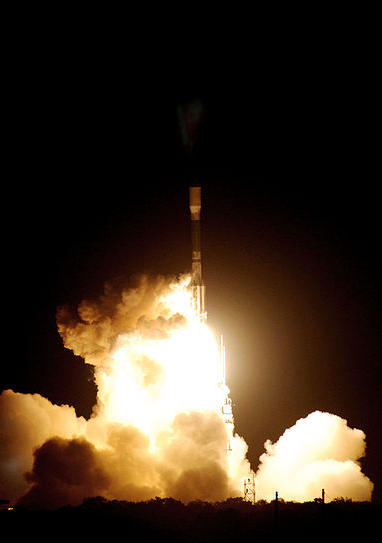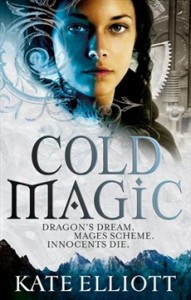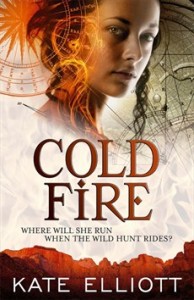New Newsflesh Fiction: HOW GREEN THIS LAND, HOW BLUE THIS SEA
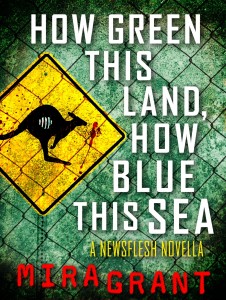 The Newsflesh trilogy was, by and large, the story of a post-zombie America. The apocalypse had come, we had survived and even thrived in our own weird way, and now it was time to follow first a Presidential campaign and now the backlash from same as it unfolded. There were hints throughout the books of the way the Rising had treated and continued to treat other countries–London was still standing, large swaths of Canada had been abandoned, almost the entire Indian sub-continent was currently considered “lost”–but the nature of the story I was telling in those books meant that we were somewhat geographically constrained. Meanwhile, the entire world was dealing with the Kellis-Amberlee virus, and the resulting “whoops we accidentally raised the dead” issues that came with it.
The Newsflesh trilogy was, by and large, the story of a post-zombie America. The apocalypse had come, we had survived and even thrived in our own weird way, and now it was time to follow first a Presidential campaign and now the backlash from same as it unfolded. There were hints throughout the books of the way the Rising had treated and continued to treat other countries–London was still standing, large swaths of Canada had been abandoned, almost the entire Indian sub-continent was currently considered “lost”–but the nature of the story I was telling in those books meant that we were somewhat geographically constrained. Meanwhile, the entire world was dealing with the Kellis-Amberlee virus, and the resulting “whoops we accidentally raised the dead” issues that came with it.
Now, for what looks like a total subject change:
I love venomous snakes. I think they’re beautiful, fascinating, and worthy of study. Which naturally means that I love Australia, a continent which contains more venomous snakes than anybody really needs (even me). Visiting Australia in 2010 was the culmination of a life-long dream, and I immediately (as is my wont) started contemplating how Australia would deal with the Rising. Probably like everybody else, I decided: running, screaming, dying, and gunfire. Not necessarily a story that needed to be told.
Ah, but how would they deal with things after the Rising? From that question came HOW GREEN THIS LAND, HOW BLUE THIS SEA (US | UK) which I literally described as “animal husbandry in Australia, with zombies” whenever anyone asked me what it was going to be about. That was, of course, the simple answer. It’s about perception versus reality; safety versus freedom; what constitutes an acceptable risk; what lines have to be drawn between humanity and the natural world; and zombie kangaroos. The zombie kangaroos are, of course, key.
If you haven’t read the Newsflesh books, you probably shouldn’t read HOW GREEN THIS LAND, HOW BLUE THIS SEA. Unlike the previous two novellas set in this universe (COUNTDOWN [US | UK] and “SAN DIEGO 2014: THE LAST STAND OF THE CALIFORNIA BROWNCOATS [US | UK]), this isn’t about what came before the series: it’s about one of the things that came after, and while not every character who made it through the trilogy alive shows up “onscreen,” most of them are mentioned at least in passing. You most definitely can read it anyway–nobody’s going to stop you, least of all me–but I think you might be happier if you read the books first.
If you have read the Newsflesh books, this is your opportunity to follow Mahir Gowda into a part of the post-zombie world that you haven’t seen before, and watch him try to deal with it without just turning around and going back to bed.
I like it quite a lot. I hope that you will, too.
…
HOW GREEN THIS LAND, HOW BLUE THIS SEA is available now in the US and on July 17th in the UK.


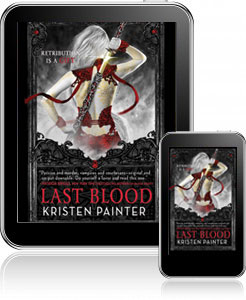
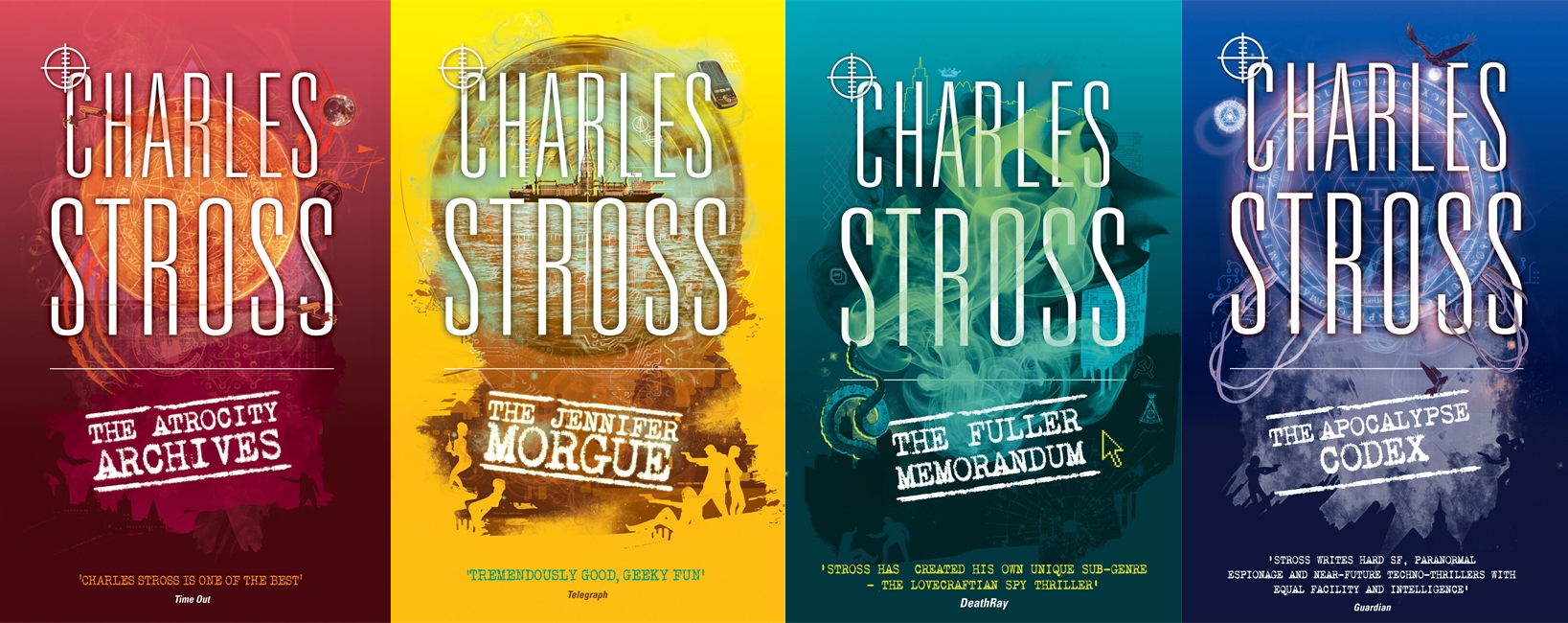
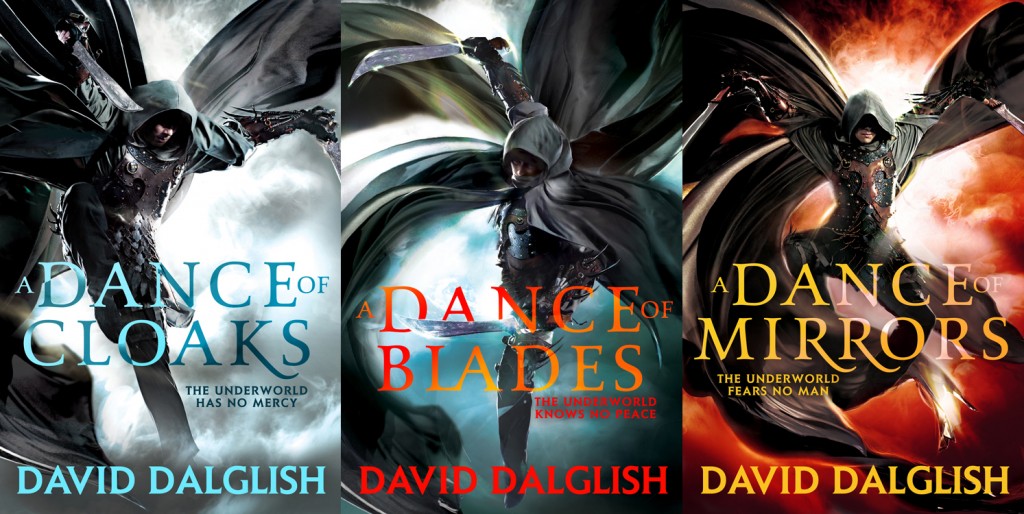
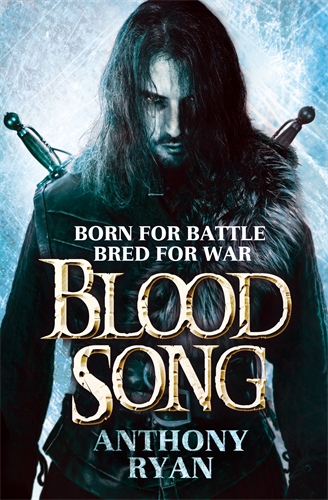 BLOOD SONG (
BLOOD SONG ( What is it about epic fantasy as a genre that attracted you to it, from a writing perspective? Given that you studied medieval history, did you ever consider writing a purely historical novel?
What is it about epic fantasy as a genre that attracted you to it, from a writing perspective? Given that you studied medieval history, did you ever consider writing a purely historical novel?

